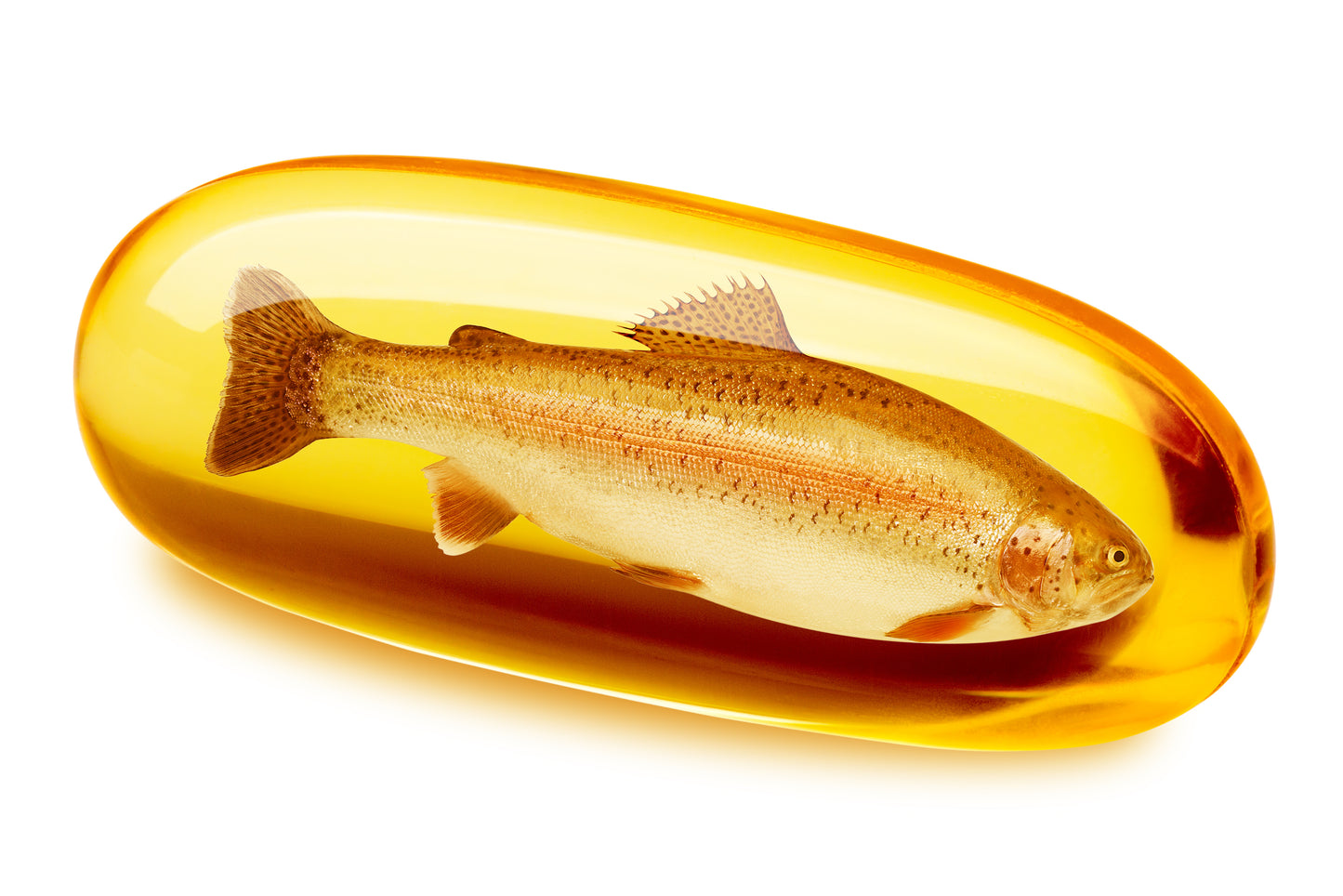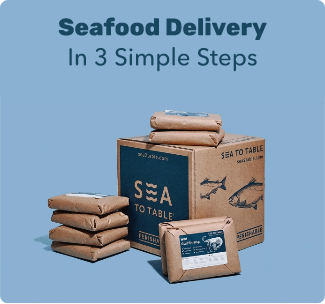
Omega 3 sounds like a planet Captain Kirk might visit, and there might be nothing more unappetizing-sounding than “fatty acid”. But for over 30 years, most doctors and scientists have agreed that Omega-3’s are essential for proper cell function. And since we are 100% cells, you can see why they are pretty important. But how do you get them, and how much is enough? Let’s take a deeper dive.
The Chemistry Stuff
The Omega-3’s group is comprised of three polyunsaturated fats: alpha-linolenic acid (ALA), eicosapentaenoic acid (EPA), and docosahexaenoic acid (DHA). You can find ALA mainly in plant oils such as flaxseed, soybean, and canola oils. You can find DHA and EPA, the most potent of them, primarily in fish and other seafood. These fatty acids are essential nutrients, meaning they are necessary for health but cannot be made naturally by the human body.
The Health Benefits
Few nutrients have been studied as much as Omega-3’s. In addition to their proven benefits for heart health, most doctors and scientists agree that incorporating enough of them in your diet can fight depression and anxiety, improve eye health (did you know Omega-3 is an essential part of the structure of your retina?), reduce inflammation and promote bone and joint health. They can even reduce the frequency and severity of migraine headaches. And that’s just the tip of the iceberg.
But did you know even the act of fishing itself can be good for your brain and your mental well-being? At Sea to Table, we’re avid fishermen and relentless advocates for the sport. To some, fishing may seem like just another hobby. However, there’s much more below the surface: it keeps you fit, provides a nutritious meal rich in Omega-3's, and keeps your mind focused and calm.
The Omega-3's in fish is Brain Food
You’ve heard that often, now here are the studies to back it up! In a recent article, The New York Times highlights 44 studies showing the correlation between a diet high in seafood and IQ. “In children, the benefits of eating seafood were apparent as early as 14 months. The studies variously found that seafood eaters had lower risk of attention deficit hyperactivity disorder, better school grades, and higher I.Q. by as much as 9.5 points compared with their peers who ate no fish.” wrote Tom Brenna, a professor of pediatrics at the University of Texas at Austin. “The highest intakes — more than 8 to 12 ounces a week — were associated with the greatest benefits.”
Omega 3’s Go Straight to Your Head
Can’t remember the last time you ate fish for dinner? There might be a reason for that! Seafood consumption has proven to be directly correlated to improved memory and a reduced chance of developing Alzheimer’s disease later in life. But it’s not just older adults who benefit from an increased level of Omega 3’s in their diet. A University of Pittsburgh study found that young adults, already at the top of their cognitive game, did better on memory tests after only six months of increased Omega 3 consumption.
Getting Enough Omega 3's
There is no set standard for how much omega-3 you should get each day. Various health organizations such as the National Institute for Health have released their own expert opinions, but they vary considerably. Overall, most of these organizations recommend a minimum of 250–500 mg each day for healthy adults. This can be taken as a supplement; or if sourcing omega 3s through a fish diet, the American Heart Association recommends eating 2 portions of fish (7 ounces) a week.
The Power of Fish
The takeaway is that incorporating more fish into your diet is a very good thing. And it just so happens that we can help! Sea to Table Wild Alaskan Sockeye and Coho Salmon have approximately 1.8 grams of Omega 3’s per 100 gram (3.5oz) portion. Our Pacific Black Cod (aka Sablefish) also clocks in at 1.8 grams. Not a fan of “oily” fish? Our other seafood offerings are also great sources. Even our Wild Gulf Shrimp contains a respectable .3 grams.
Eat Better Fish, More Often
You’ll be surprised how simple it is to get your two servings per week when you order your seafood online from Sea to Table. Sea to Table delivers fresh-frozen, perfectly portioned American wild-caught seafood right to your doorstep. Skip the fish counter and fill your freezer with choices like salmon, skate, halibut, shrimp, scallops… a super fresh, super convenient and super tasty way to eat yourself to better health.
← Older post Newer post →


